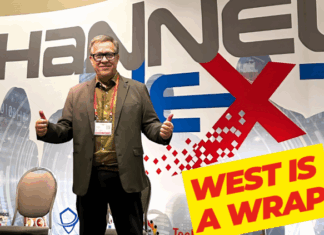StorONE has completed verification of its RAID rebuild performance capabilities proving the technology provides the fastest RAID rebuilds in the industry. In Q4 of last year, StorONE announced vRAID 2.0, an enhanced version of its vRAID technology. The new version further reduces StorONE’s industry-leading RAID rebuild times, the time required to bring a volume to a protected state after a media failure. The test shows, using 2.0, a 1PB storage system using 14TB drives can complete rebuilds in less than two hours. Competing technology takes days to achieve a similar rebuild.
StorONE verified its claims using Seagate’s Application Platform 5U84 server with 14 flash drives and 70 x 14TB hard disk drives. StorONE configured the Seagate Application Platform with mid-range CPUs and 128GBs of memory. StorONE first filled the 14TB hard drives to more than 50% of capacity. It then created a drive failure, which triggered the rebuild process. The company then measured the time it took to bring the impacted volumes back into a protected state. The result? A sub-two-hour rebuild! This time represents an industry best for hard disk rebuild performance.
“At StorONE, we commit to our customers that they will be able to take full advantage of storage hardware innovations and be ready to take advantage of future advances. vRAID 2.0 is just one example of how we deliver on that commitment. We enable the use of high-capacity drives without concern over slow rebuild times,” says Gal Naor, StorONE CEO and Co-Founder. “In addition to record setting rebuild times our vRAID 2.0 technology eliminates the need for hot spares and provides future-proofing via its ability to mix drive sizes within a RAID group.”
Slow rebuilds also impact flash volumes. Flash density is increasing, and competing vendors are now suffering from double-digit hour SSD rebuild times. StorONE also verified its flash drive rebuild times; testing showed flash volumes rebuild in less than four minutes. By comparison, most vendors report 8+ hours of rebuild times for flash volumes. It is important to note that vRAID 2.0 can rebuild a volume made up of hard disk drives faster than most all-flash array vendors can rebuild a flash-based volume.
“Customers consistently tell us they’d like to take advantage of the power and floor space savings, as well as the cost per GB savings, of new high-density drives, but they are hesitant to adopt the technology because of slow rebuild time concerns.” added George Crump, StorONE’s CMO, “Our patented, high-performance, erasure coding delivers the rebuild times that customers need to embrace these technologies without hesitation.”
vRAID is built into StorONE’s IO Orchestration algorithm powering a new storage platform that delivers better data reliability, simpler operation, and dramatically lower costs. Legacy storage solutions use separate software modules that execute data services serially. IO Orchestration, however, runs all data services simultaneously in parallel, lowering latency and extracting modern hardware’s full capabilities. The result is the lowest possible $ per IOPS and $ per GBs without compromising data integrity or giving up enterprise features.
To learn more about the advantages of vRAID, go to StorONE
Or, download our new white paper “Understanding StorONE vRAID”
Check out our previous interview with StorONE’s Chris Bowen













